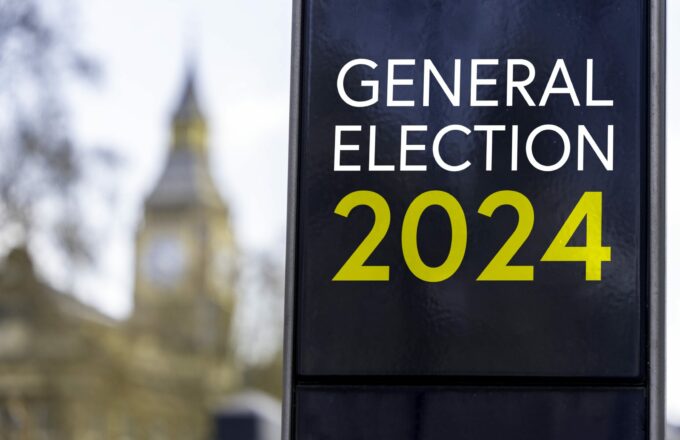E.ON launches new digital business to manage grid complexity

As part of a digitalisation push, German-headquartered electric utility company E.ON has launched a new subsidiary — E.ON One.
The aim is to bring together digital solutions for utilities to enable the energy sector to make grids smart(er) and allow energy consumption to become more sustainable.
Victoria Ossadnik, Member of the E.ON Board: “The energy transition is more urgent than ever and digital solutions are one of the main answers to the growing complexity of the energy system. Millions of households, their appliances and businesses need to be connected to the power grid in an increasingly decentralised energy system.
“E.ON One supports our customers on this journey and can draw on a portfolio of digital solutions from leading scale-ups and E.ON built solutions that have already been successfully deployed on a large scale in Germany and Europe.”
The new company will provide distribution operators with digital twins of their grids. It will also support energy retailers, municipal utilities, renewable energy providers and e-mobility operators with connecting and coordinating their distributed energy resource assets.
It focuses on three business areas:
Against a background of many grid connection requests, Balancing energy flows in the face of many grid connection requests — essential, given the enormous number of decentralised energy generators, electric cars and heat pumps;
Stable and reliable operation of distribution grids, even given increasing volatility in the grid from renewables — to address this, E.ON One has developed Brightfield, a data-acquisition system which provides real-time visibility on transformer stations; and
To optimise consumption and generation automatically, E.ON One offers a set of solutions that provides customers more transparency about their consumption and aims. The company will also provide customers with digitisation modules and upgrades that help to save energy, stabilise grid operations or move energy consumption to less critical time.
Learn more

- Article
- Industry News
Malasia publishes National Energy Transition Roadmap (NETR)

- Article
- Industry News
UAE to invest $54bn in green energy strategy

- Article
- Industry News
National Grid will pay industry to use energy flexibly next winter

- Article
- Industry News